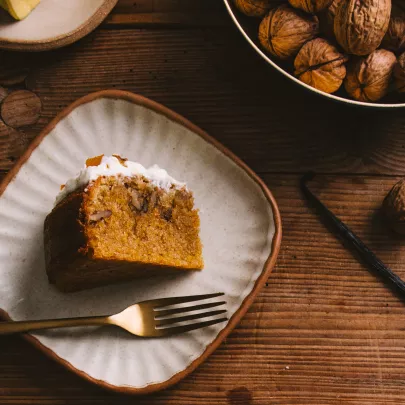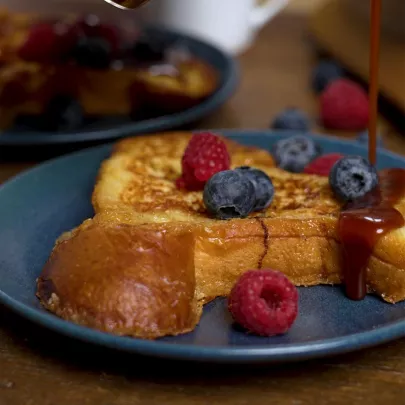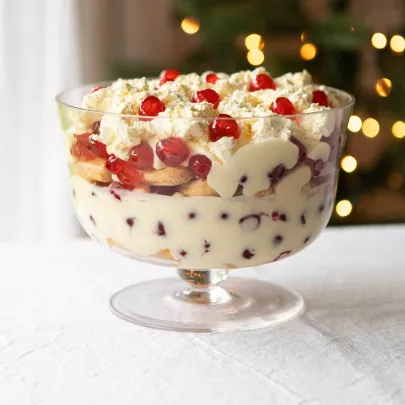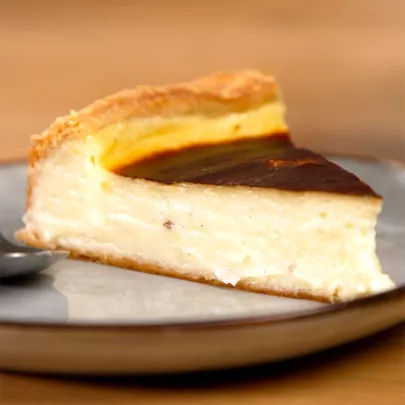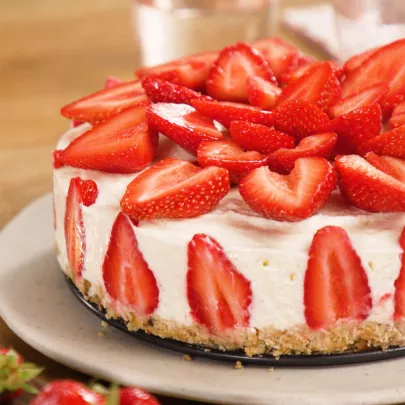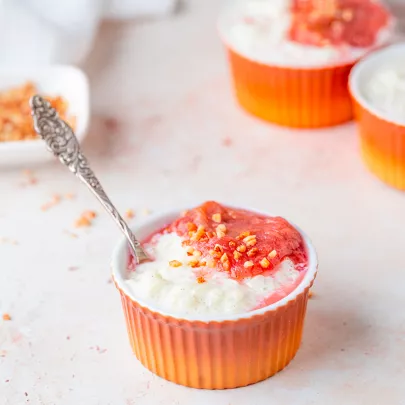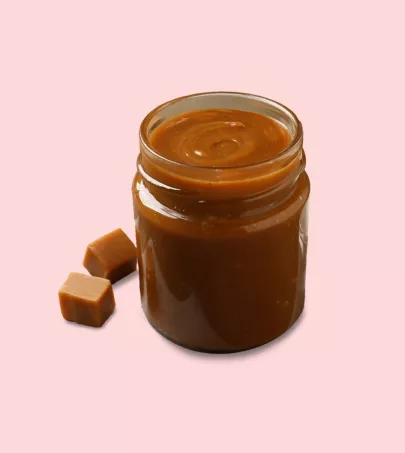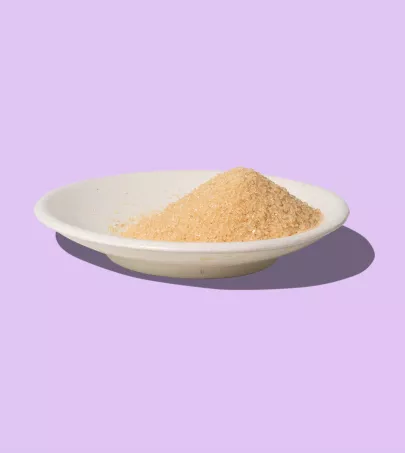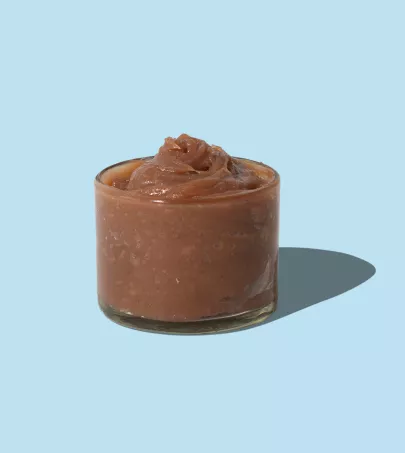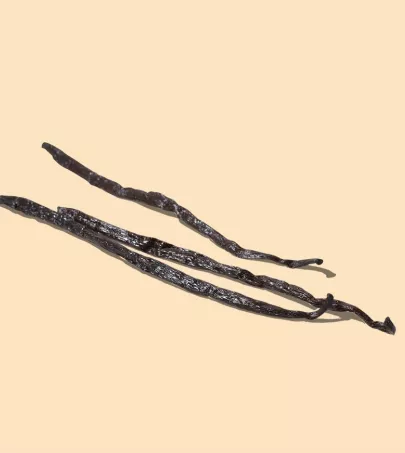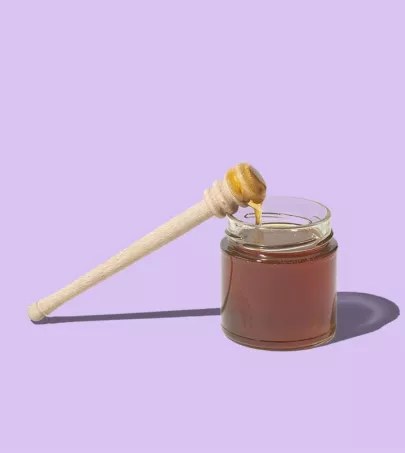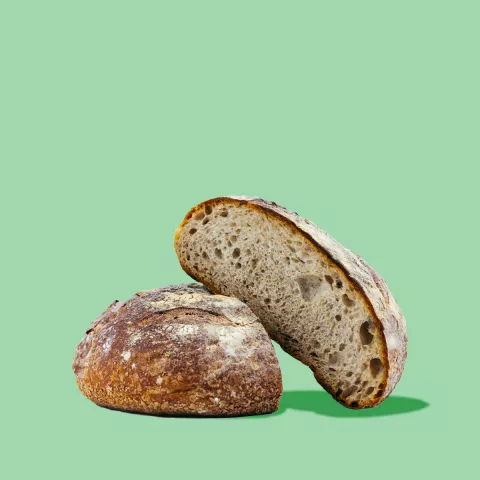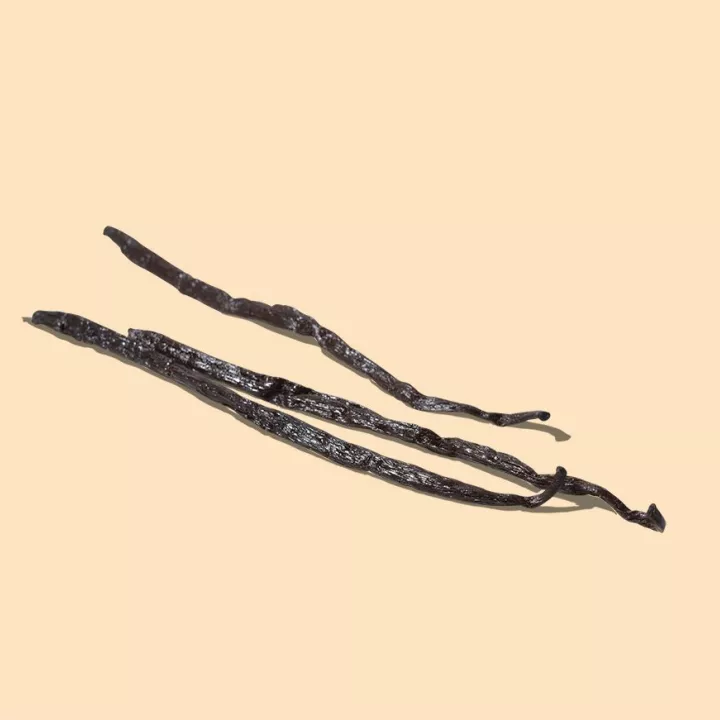
Tahitian vanilla is a rare, intense and painstaking product. It requires patience and precision to obtain this pod which is one of the most fragrant in the world.
What you need to know
As the name suggests, Tahitian vanilla is a vanilla produced exclusively in Tahiti. The vanilla plant is a creeper which belongs to the orchid family. In 1848, Admiral Hamelin imported Vanilla Aromatica plants to Tahiti, followed two years later by Vanilla Fragrans (Bourbon vanilla). These 2 varieties were crossed to produce Vanilla Tahitensis, Tahitian vanilla. Farming began in 1880 in most of the high islands and particularly the leeward ones. It developed well, thanks to the humus-rich soils in the deep, humid valleys. Cuttings are planted in plant compost, at the bottom of an artificial cane if grown in a shade house or a shrub if grown in undergrowth. The first flowers appear after 2 to 3 years.
Human intervention is required to obtain a vanilla pod, as the pollen must be brought into contact with the stigma of the flower. This stage requires precision and patience, all the more so because the flowers open one after the other and it is rare to find more than two flowers blooming at the same time on one vine on any given day. After pollination, the pod gradually forms and ripens. It takes nine months to reach maturity. The pods are left to acquire their iconic black color on the vine, whereas other species of vanilla plants are harvested before maturity (otherwise, they burst and lose their precious aromatic seeds) and then steamed. This difference gives Vanilla Tahitensis a more intense aroma. The pods are then washed, left in the sun for a few hours every day for a month, then aired and dried for 40 days.
Tahiti's vanilla production only accounts for 0.5 to 1% of global production, making it a rare, luxury product. It is often referred to as Tahiti's black gold.
Characteristics
Smell
Look
Taste
Nutritional benefits
Vanilla promotes digestion and is recommended in cases of insomnia and stress.
Editor's note
How to use
Storing Tahitian Vanilla
Fresh vanilla pods must be stored in a dry environment away from light and air, heat and excessive humidity, ideally between 15 and 20 °C, preferably in a glass or even better, airtight jar.
Preparing & Serving Tahitian Vanilla
The vanilla pod must be cut in two in order to remove the seeds from the inside by scraping them away with a knife. These are then added to the dish you are preparing. The empty pod can be used to flavor a cream or make a homemade vanilla sugar by popping it in a jar filled with sugar.
Tasting Tips Tahitian Vanilla
Vanilla is traditionally used to flavor many desserts (creams, puddings, ice cream…) and enhances apple compote or a Tarte Tatin for example. It goes surprisingly well with delicate white fish (turbot, sole, monkfish), crab or lobster, and poultry.
Pair with
Savory: delicate white fish, lobster, langoustine, poultry
Sweet: rum, pineapple, apple, chocolate, caramel
To drink: on desserts with vanilla, go for dessert wines (Vouvray AOC Moelleux, Côtes de Bergerac AOC Moelleux and Muscat de Rivesaltes AOC). For fish, think about a white Chinon AOC, a Pouilly-fuissé AOC, a Pouilly-Vinzelles AOC, a white Graves AOC or a white Côtes du Rhône AOC.

